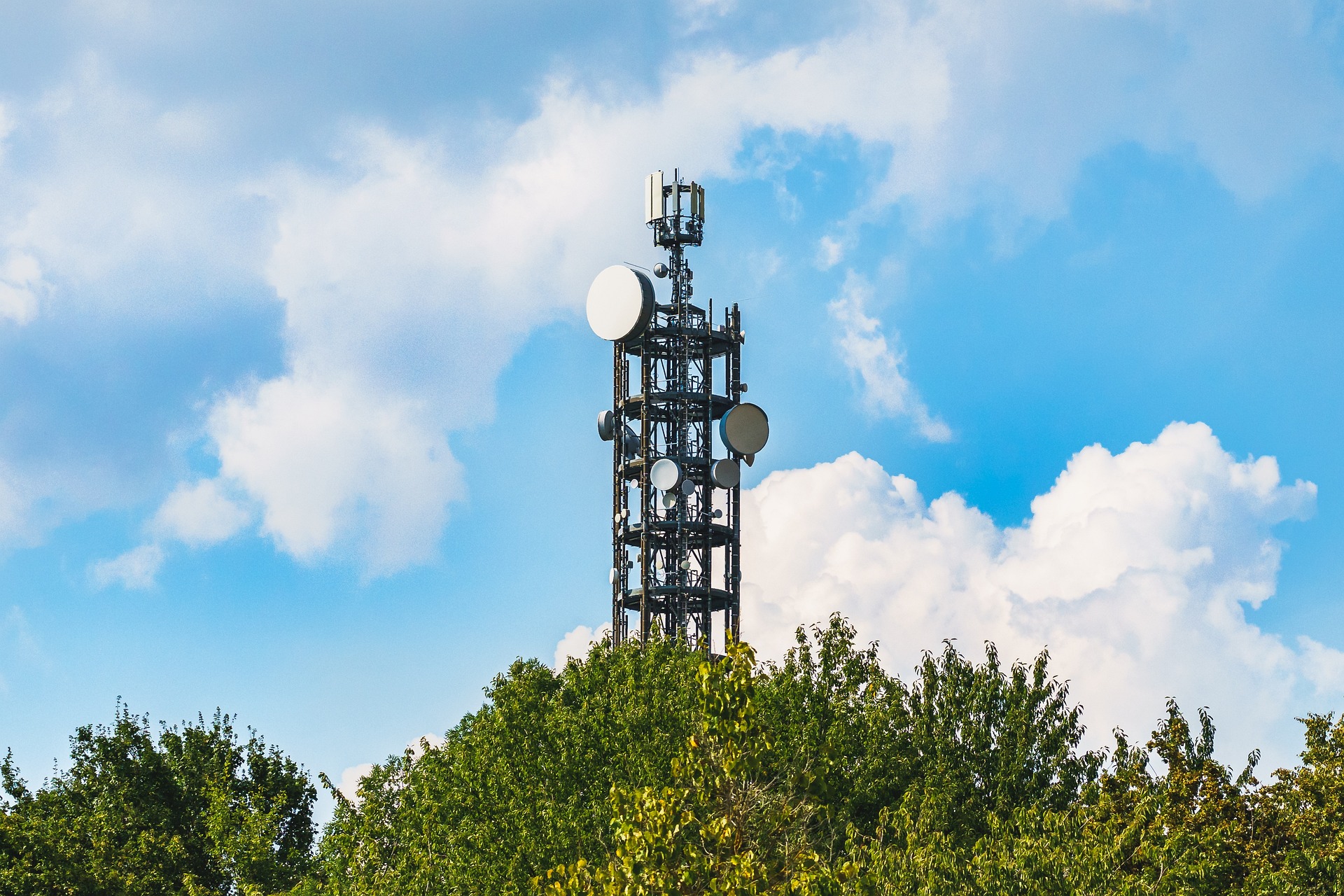Navigating the Maze of Telecommunication Infrastructure Modernization
In the realm of telecommunications, it's a race against time to modernize infrastructure and stay relevant in a rapidly evolving digital landscape. The wave of change is relentless, but so is the determination to adapt, innovate, and overcome. The telecommunication sector has been in a state of constant evolution since its inception. From smoke signals and carrier pigeons to telegraphs and telephones, the need to communicate across distances has been a constant throughout human history. The advent of the internet in the late 20th century marked a major turning point, setting the stage for the digital revolution that has reshaped the industry in the 21st century.

Navigating the Present
Today, the telecommunication industry is at the forefront of the digital revolution, with modern infrastructure playing a vital role in enabling seamless connectivity. From cloud-based services to artificial intelligence, the industry is harnessing cutting-edge technologies to enhance efficiency and improve customer experiences.
However, the journey to modernization isn’t without its challenges. Rapidly evolving technologies, regulatory hurdles, and the need for significant capital investment are some of the major obstacles impeding progress.
The Impact and Practical Applications
Modern telecommunication infrastructure is instrumental in bolstering economic growth, enhancing social connectivity, and paving the way for technological innovation. It plays a crucial role in various sectors, from healthcare and education to entertainment and e-commerce.
However, the transition to modern infrastructure requires significant investment and strategic planning. For service providers, the challenge lies in choosing the right technologies that align with their business objectives and customer needs, while ensuring compliance with regulatory standards.
Backed by Research
According to a report by Deloitte, modernizing telecommunication infrastructure could add $1.2 trillion to the U.S. GDP and create 4.5 million jobs over the next decade. The report also highlights the need for a collaborative approach involving government, industry, and academia to drive infrastructure modernization.
Striking a Balance
While it’s essential to embrace technological advancements, it’s equally important to ensure that these technologies are accessible and affordable for all. In this regard, the role of regulatory bodies is critical in creating a conducive environment for innovation while safeguarding consumer interests.
The journey towards modernizing telecommunications infrastructure is a complex yet exciting adventure. The road ahead may be fraught with challenges, but the rewards of a connected, digital future are well worth the effort.




